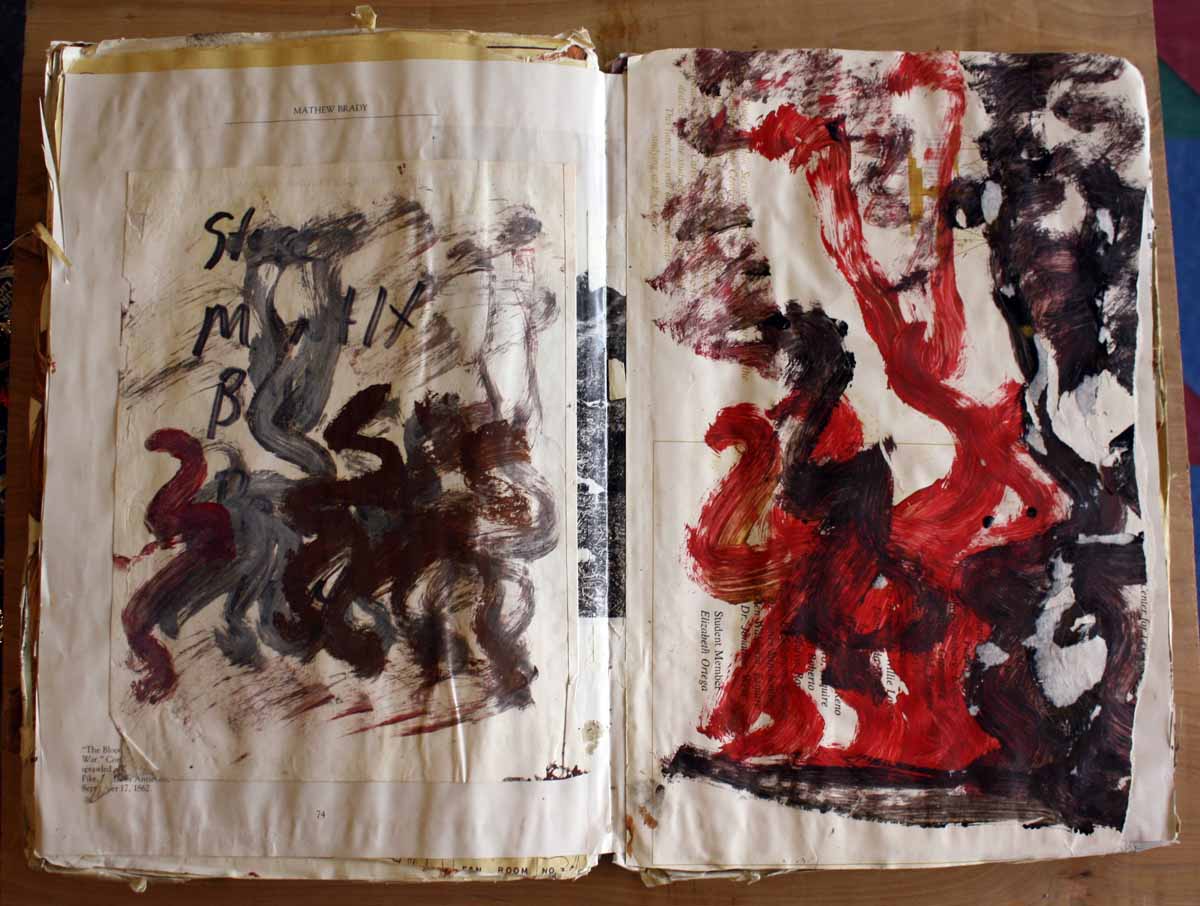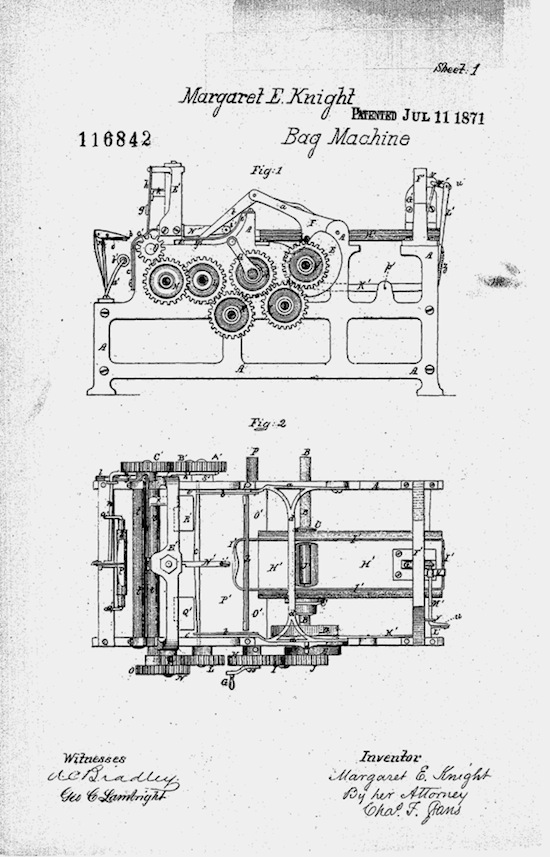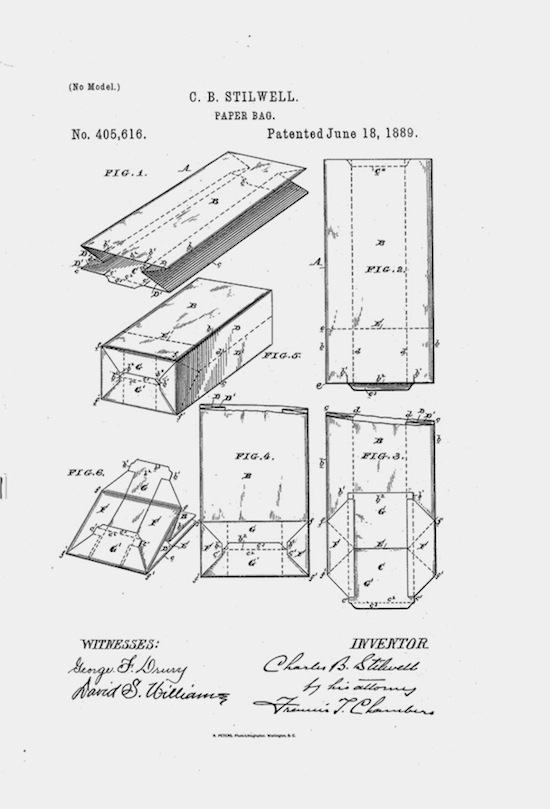Even if you didn’t carry lunch to school in a brown paper bag, I did. Paper bags, except for groceries, have diminished greatly in our lives with the increasingly annoying plastic bag that seems to find its way anywhere the winds decides to blow.
Who Really Designed the Brown Paper Bag?:
“It’s the unsung hero of the modern lunch, the container from which countless school children have drawn nourishment and Twinkies over the years. Now, suddenly, the humble brown paper bag is at the heart of a dispute: Who designed it and when?
The Museum of Modern Art — which includes the brown paper bag in Counter Space, an exhibit on underappreciated kitchen-product design — credits the invention to Francis Wolle in 1869. But not everyone agrees. So Aidan O’Connor, a curatorial assistant in the department of architecture and design, decided to investigate the matter.
Apparently, paper bags were the smartphones of the mid-19th century: The business was filled with multiple players jockeying for position with incessant innovation. Early on, Wolle’s Pennsylvania-based Union Paper Bag Machine Company competed against industrialist New Yorker George West, aka ‘the Paper Bag King.’ (Yes, really.)
Here’s what Wolle’s product looked like on the factory floor. Its design purity looks almost…iPod-like:
But the real design genius behind the brown bag was Margaret Knight of the Columbia Paper Bag Company in Massachusetts. She pioneered the flat-bottomed bag design we still use today, which was much stronger than Wolle’s version.
Here’s her schematic for the machine, which worked according to a process described by one design historian as ‘industrial origami’:
Bag innovation didn’t stop there! In the mid-1880s, Charles Stilwell added pleated sides to Knight’s bags, which made them easier to fold and stack. Their catchy name? ‘S.O.S.’, or ‘self-opening sacks.’ Check it out:
The S.O.S. bears the most resemblance to the bags we use today, but as with any revolutionary product, it stands on the shoulders of giants. The whole history is truly fascinating, so definitely read O’Connor’s full post here.
(Via Co.Design.)



